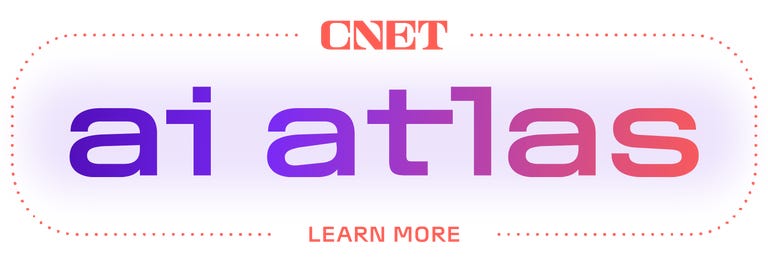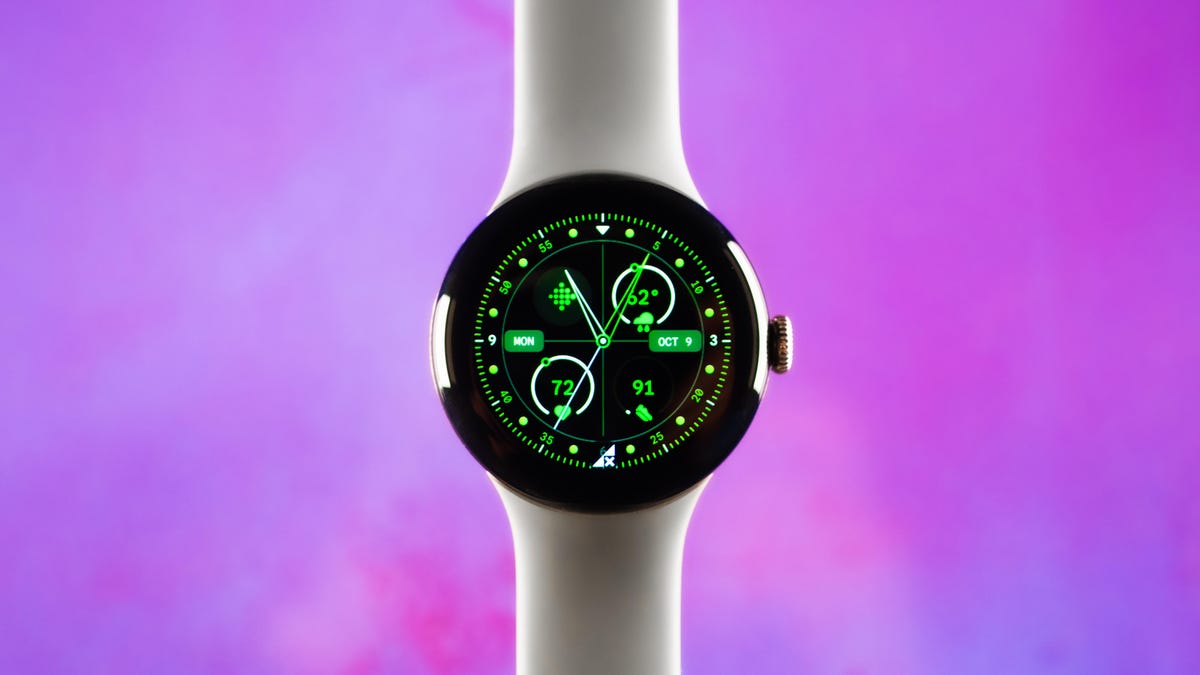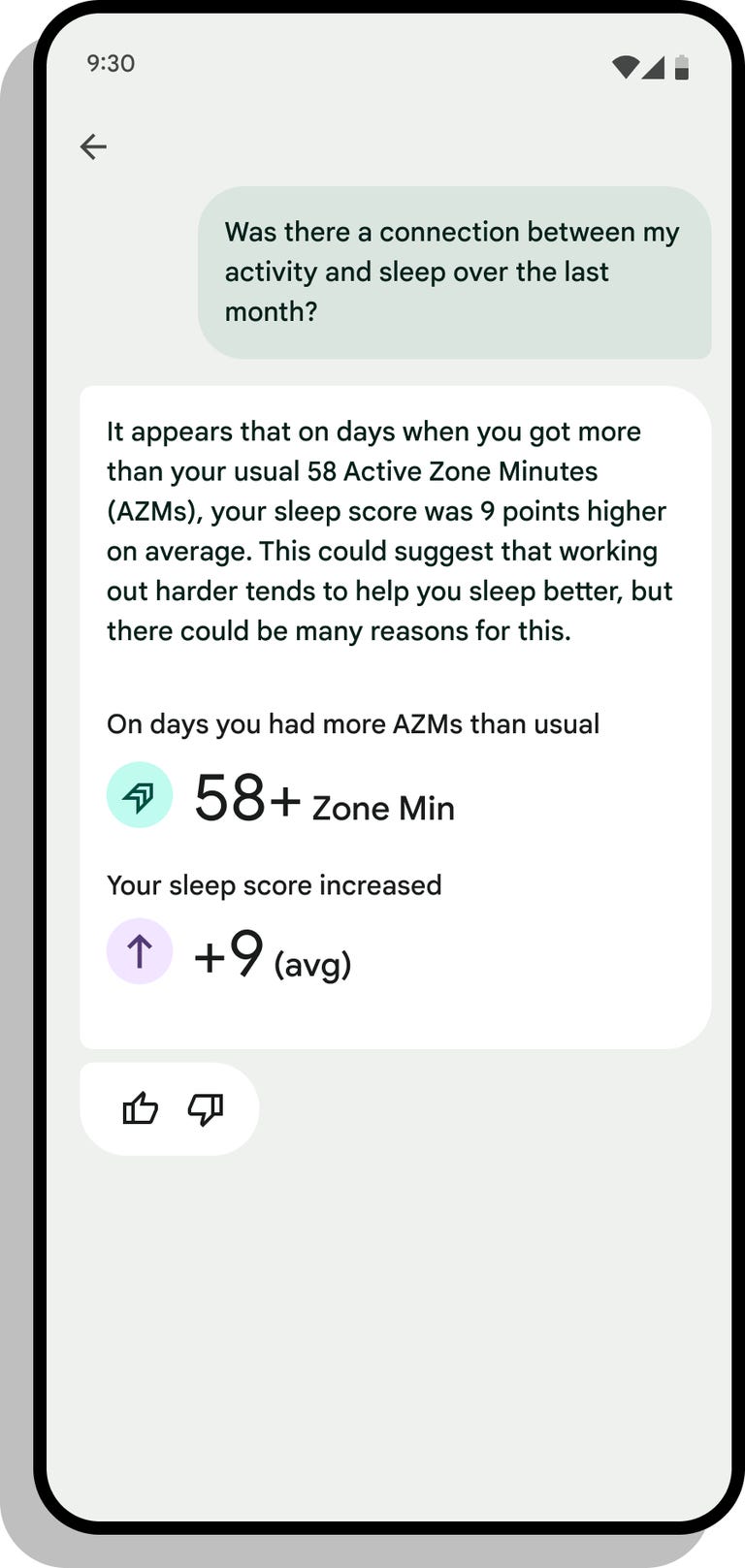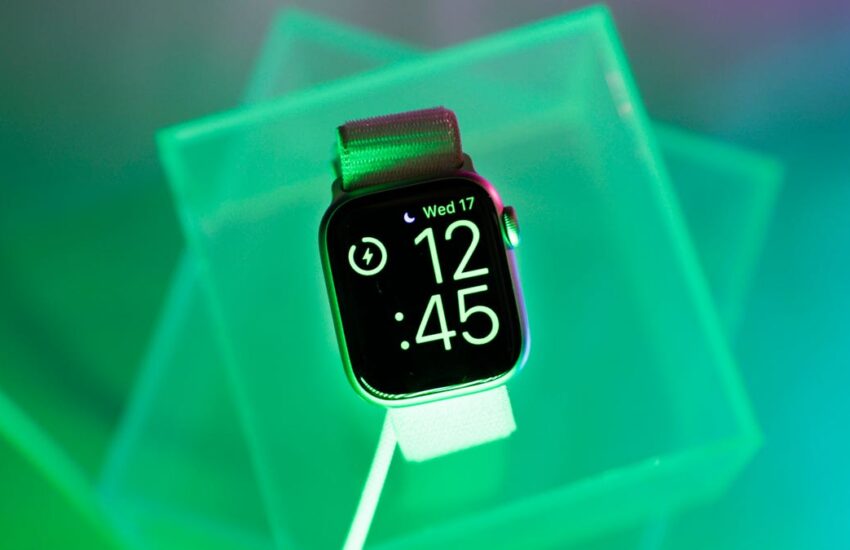Ever since ChatGPT made a splash in late 2022, the tech industry has been racing to integrate souped-up AI algorithms into all sorts of devices. New AI software tools were the centerpiece of Samsung’s Galaxy S24 announcement in January and Google’s Pixel 8 launch last October. Tech giants including Asus, Intel and AMD are even starting to frame upcoming computers as “AI PCs.”
But there’s one place in particular where large language models would feel particularly at home: on the wrist. The purpose of a smartwatch, other than logging a workout and measuring health metrics, is to keep us from reaching from our phones as often. But those tiny screens aren’t ideal for long interactions like tapping, typing and swiping for extended periods of time, leaving plenty of opportunity for AI to help.

Dedicated AI gadgets have gotten off to a rocky start. The highly anticipated Humane AI Pin received negative reviews because of its inconsistent performance, tendency to overheat and high price. Shortly afterwards, startup Rabbit Inc. released the R1, a handheld voice-first AI assistant that was also panned by critics for its performance and limited functionality. Both episodes raised skepticism about the future of new AI-fueled consumer electronics, and prompted questions about whether new types of hardware are necessary.
That answer may still be up for debate, but in the meantime, there’s a lot of potential for AI to level up the wearables we already own. And with Google’s I/O developers conference fast approaching, followed by Apple’s WWDC event in June, there’s a chance we’ll hear more about how AI could improve smartwatches soon enough.
Read more: Smart Rings Are Picking Up Where Fitness Trackers Left Off
Smartwatches have come a long way over the past decade, evolving from shrunken-down phone screens to devices that truly feel like their own entity. But typing, scrolling and watching videos on a smartwatch-sized screen isn’t ideal, and smartwatch makers gradually realized these devices need their own dedicated gestures, interactions and interfaces.
Generative AI could take that to the next stage. What if your smartwatch could intelligently summarize notifications for you so that you wouldn’t have to reach for your phone as often? The iPhone and iPad can already provide notification summaries at scheduled points during the day. And the Apple Watch can show a summary of a notification when the device is locked that displays a brief headline and the app’s icon. But I’d like to see companies like Apple go a step further by using AI to synthesize the content of incoming notifications to offer bite-sized summaries specifically designed for smartwatches.
Or what if you could read a short, snappy summary of a long text message or email on your watch? Google already offers message summaries in Android Auto and can summarize websites in the Chrome browser on phones. Next, I’d like to see that idea cleverly applied to smartwatches in ways that make sense.
Generative AI could also help you develop canned message responses that are more specific and authentic-sounding, which would make replying to texts from your watch much easier. Such features could be in Apple’s future, considering a report from Apple Insider that says the company is working on a host of AI-generated response and summarization features. Bloomberg has also reported that Apple is working on new AI-oriented features for its next iPhone update, although it’s unclear how or if any of those tools would extend to the Apple Watch.

I hope Google brings more AI features to watches like the Pixel Watch 2 (pictured).
Style is also arguably more important for smartwatches than it is on phones since these devices are positioned visibly on the wrist. Google and Samsung both offer generative AI wallpapers that can create new phone backgrounds from scratch based on prompts. That sounds like a great idea for watch faces.
I’d love to have my watch generate new clock faces from scratch based on prompts and my preferences. Imagine being able to tell your watch (or the accompanying phone app that you use to manage your watch) that you want a colorful, modern-looking watch face that puts your activity progress front and center but also tells you the weather. That would mean less time fiddling with complications and widgets.
Then there are virtual helpers like Siri and the Google Assistant. Voice-powered assistants are particularly useful on smartwatches since those tiny screens aren’t ideal for long bouts of typing and tapping. I always use Siri to set alarms and timers on my Apple Watch rather than tapping into those apps. Infusing these digital assistants with more smarts could make them more useful on the wrist, further lessening the number of times I need to reach for my phone to accomplish a task.

Fitbit Labs will use AI to crunch health data.
Apple and Google are already making some AI upgrades to their smartwatch platforms, particularly when it comes to health tracking. Last year, for example, Apple updated Siri with the ability to answer health-related questions. Apple’s newest smartwatch chip makes it possible for the Apple Watch to handle that type of processing on-device rather than in the cloud, which is better for preserving privacy.
Google is launching an experimental program called Fitbit Labs, which uses generative AI to answer questions by crunching Fitbit data. Apple is also said to be developing an AI-powered health coach, according to Bloomberg. Samsung’s Won-Joon Choi also previously told CNET that the company plans to bring AI features to other types of devices, which could include smartwatches.
But bringing advanced AI features to something as small as a smartwatch is no easy feat. Unless such interactions are handled in the cloud, they would require a large amount of on-device processing — the kind that would be tough to squeeze into a smaller device.
Only time will tell how (and if) companies like Apple, Google and Samsung will incorporate generative AI into their smartwatches. But for devices with such tiny screens, the potential for upgraded AI-generated summaries and message responses alone seems enormous.
Editors’ note: CNET used an AI engine to help create several dozen stories, which are labeled accordingly. The note you’re reading is attached to articles that deal substantively with the topic of AI but are created entirely by our expert editors and writers. For more, see our AI policy.

